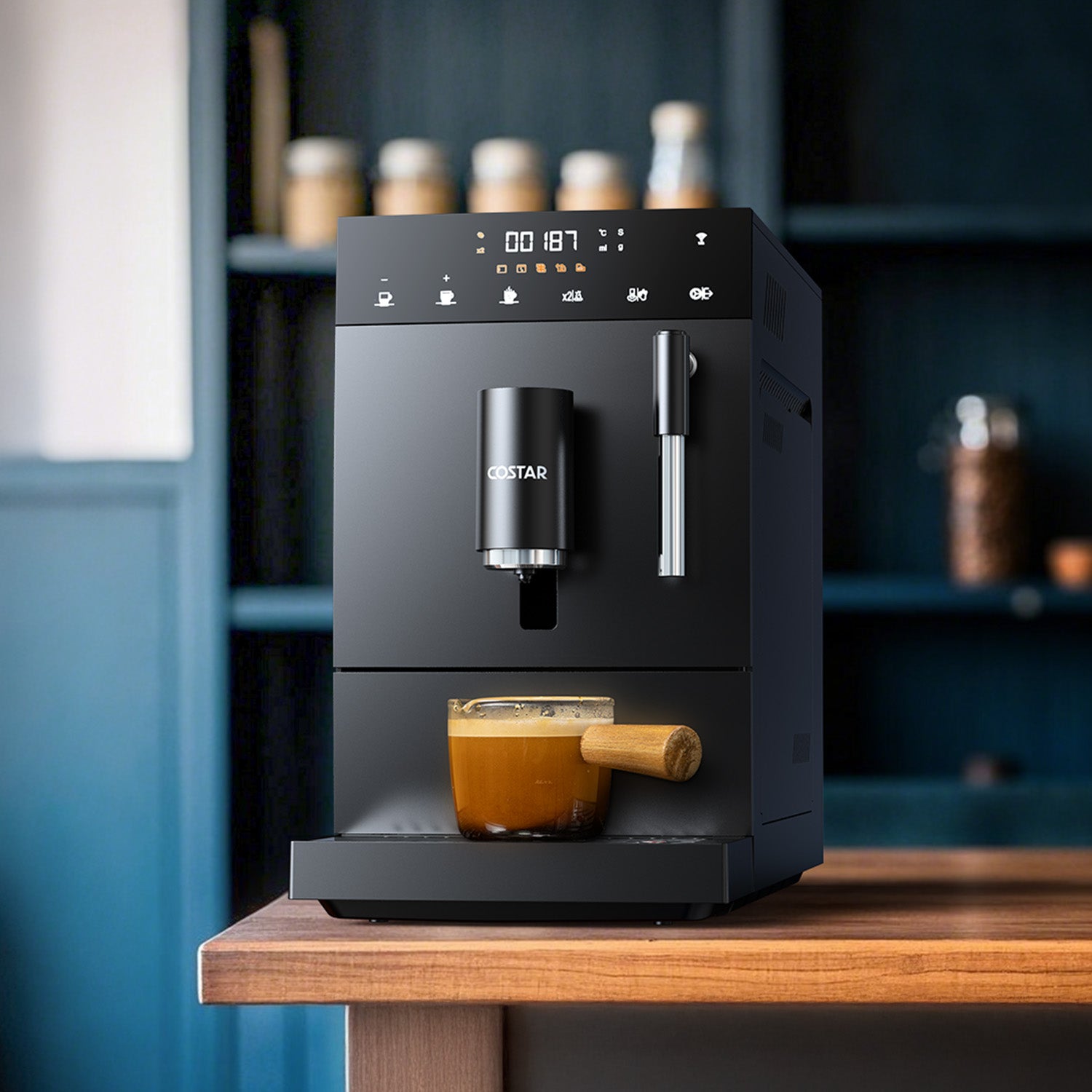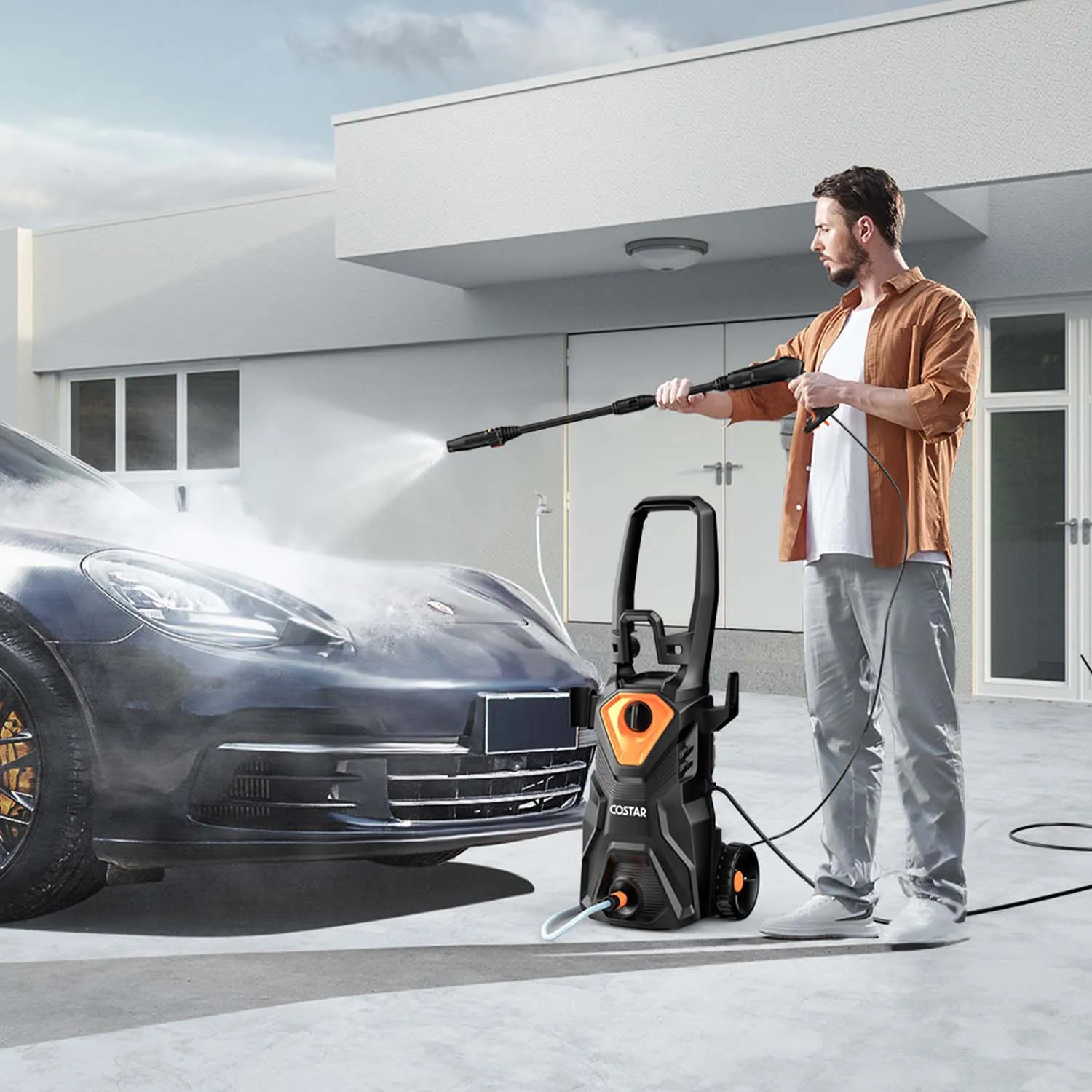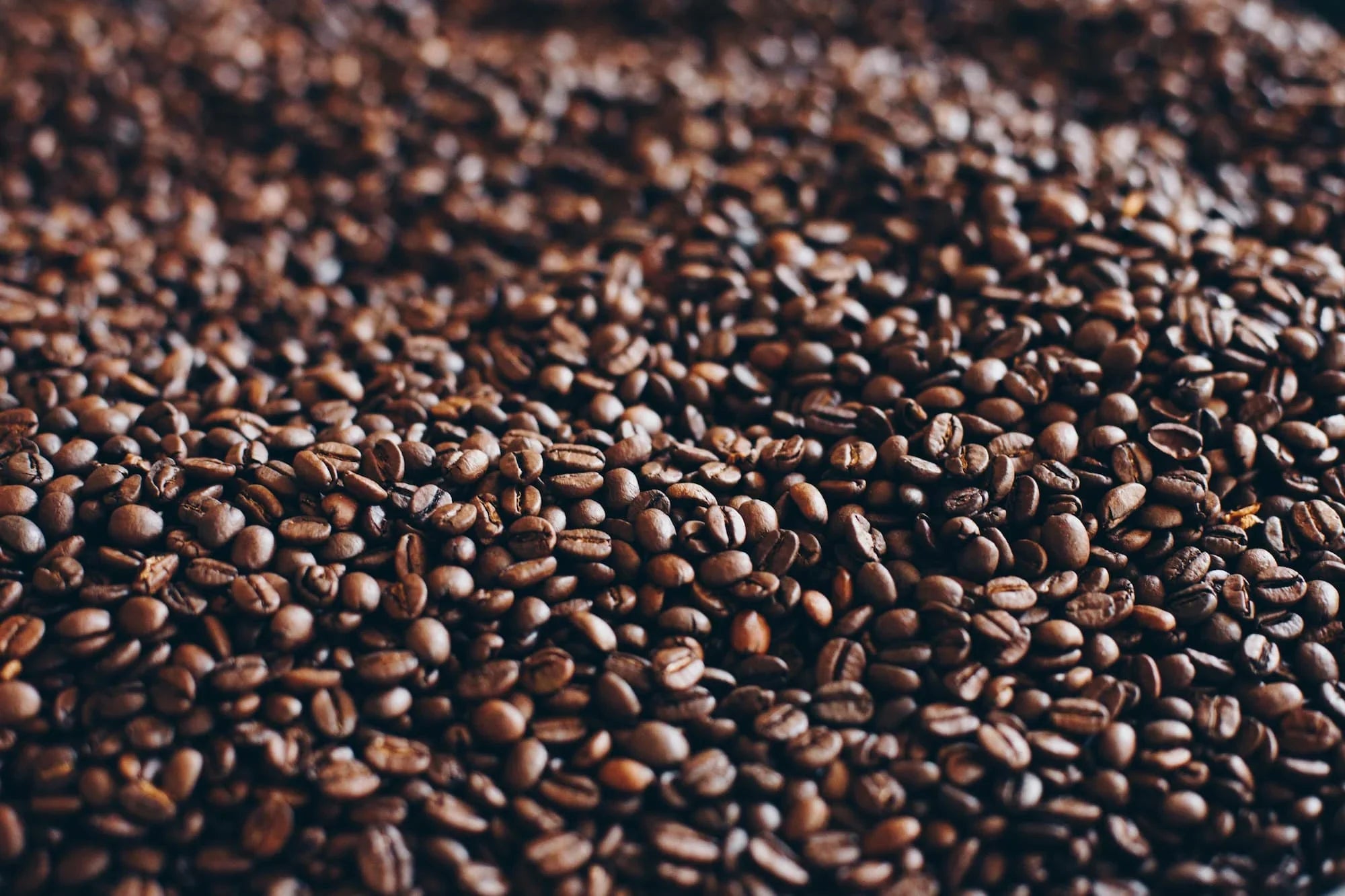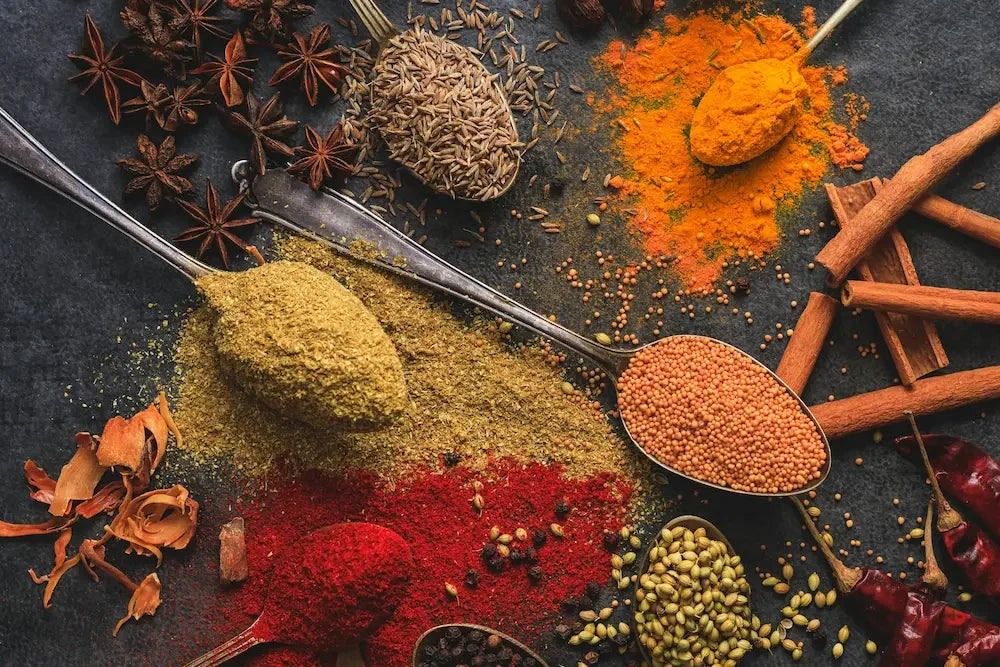Coffee Machines Are Getting Popular in India
More and more people in Indian cities are buying automatic coffee machines. In 2025, 62% of families in big cities prefer these machines. They let you make café-style coffee at home without spending ₹300 every day. But with so many models available, how do you choose the right one? Let’s look at the key things to consider.

1. Heating Systems: Fast vs. Stable
The heating part is what makes your coffee machine work. It affects both how well it works and how much it costs:
Thermoblock Technology
• How it works: Small heating part that heats water when you need it
• Best for: Home users making 1-3 cups every day
• Advantages: Quick heat-up (30-45 seconds), uses less electricity
• Limitations: Temperature changes when switching between coffee and steam
Dual Boiler Systems
• How it works: Two separate boilers – one for making coffee and one for steam
• Best for: Coffee lovers who make lattes and cappuccinos
• Advantages: Stable temperature (only ±1°C change), can brew coffee and froth milk at the same time
• Limitations: Heavier (8-12kg) and uses more electricity (1500-1800W)
Practical Tip: For Indian voltage (220V), choose machines with voltage stabilizer like the COSTAR COSMOS Master 9s. This protects the machine from power changes.
2. Grinders: Keeping Coffee Fresh
The grinder is important for fresh-tasting coffee:
Ceramic Burr Grinders
• How it works: Crushes beans between two ceramic surfaces
• Advantages: Stays cool, keeps coffee flavor better, lasts longer
• Best for: Indian Robusta beans (the most common type here)
Metal Burr Grinders
• How it works: Uses metal parts to grind beans
• Advantages: Grinds faster, more settings for different coffee types
• Limitations: Gets hotter, may burn coffee flavor
Studies show ceramic grinders keep 23% more coffee aroma than metal ones (UC Davis research).
3. Pressure: Why 19 Bar Isn't Always Better
You might see machines advertised with "19 Bar pressure" – but more pressure isn’t always better:
• Good pressure range: 9-10 Bar for espresso
• Too much pressure (>15 Bar): Makes coffee bitter
• What to look for: Machines with steady pressure, not just high numbers
The Specialty Coffee Association says stable pressure is more important than high pressure (SCA standards).
4. Water Management: Hard Water Solutions
Indian water can be hard (has minerals that build up). Look for these features:
Water Filters
• Activated carbon filters: Remove bad tastes from tap water
• Ion-exchange filters: Reduce minerals that cause scale
Cleaning Needs
• Descaling: Clean with citric acid every 3 months (or 500 cups)
• Signs you need to clean: Machine takes longer to heat, makes strange noises
5. Maintenance: Long-Term Costs
Think about upkeep costs before buying:
Regular Care
• Daily: Empty the drip tray, wipe the steam wand
• Weekly: Clean the part where coffee brews
• Monthly: Descale to remove mineral buildup
Part Replacement Costs
|
Part |
How long it lasts |
Cost to replace (₹) |
|
Brew group |
2-3 years |
3,500-6,000 |
|
Pump |
5-7 years |
4,000-8,000 |
|
Grinder burrs |
1-2 years |
2,000-4,500 |
How to Choose Your Machine
By Budget
• ₹15,000-25,000: Basic models with plastic parts
• ₹25,000-40,000: Better grinders and boilers (like Master 9s)
• ₹40,000+: Professional models with two boilers
By Usage
• 1-2 cups/day: Focus on grinder quality
• 5+ cups/day: Get a durable machine with good heat recovery
By Space
• Counter space: Leave 5cm space behind for ventilation
• Height: Make sure it fits under your kitchen cabinets (usually 30-45cm tall)
Data sources: Specialty Coffee Association,IBEF Coffee Report,Statista Coffee Data






Leave a comment
All comments are moderated before being published.
This site is protected by hCaptcha and the hCaptcha Privacy Policy and Terms of Service apply.